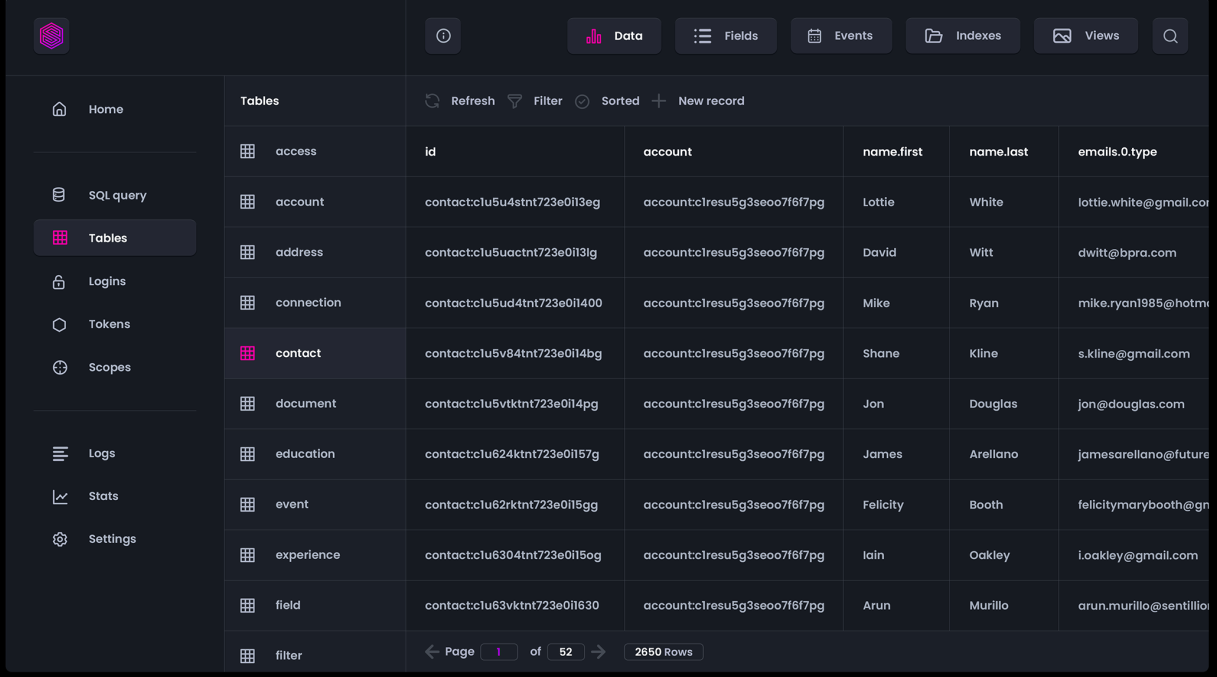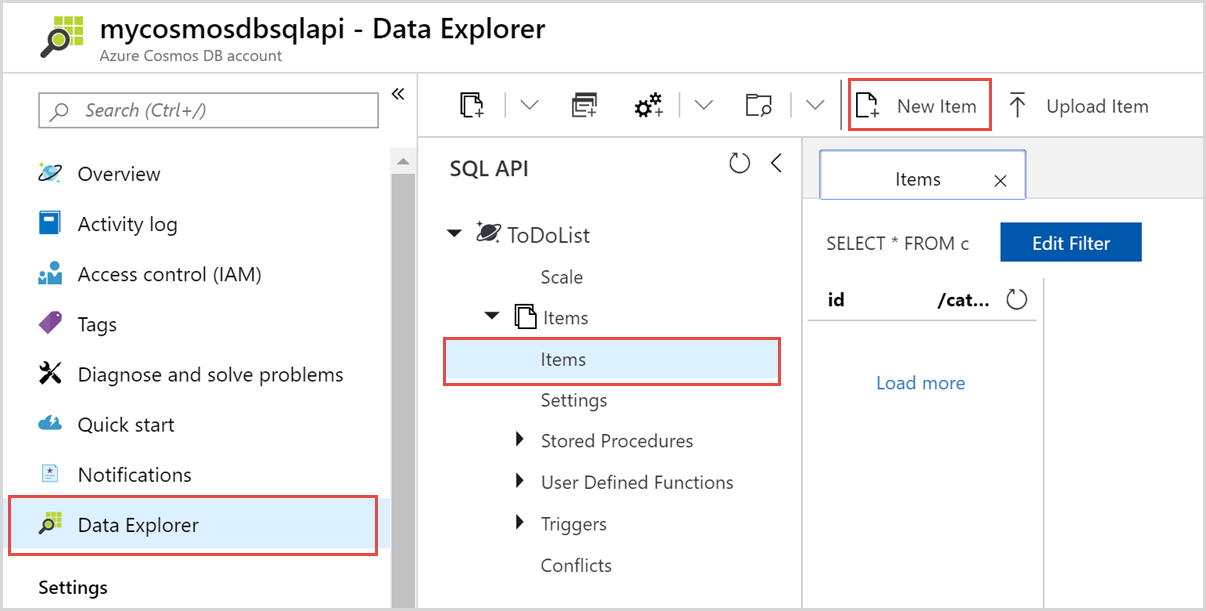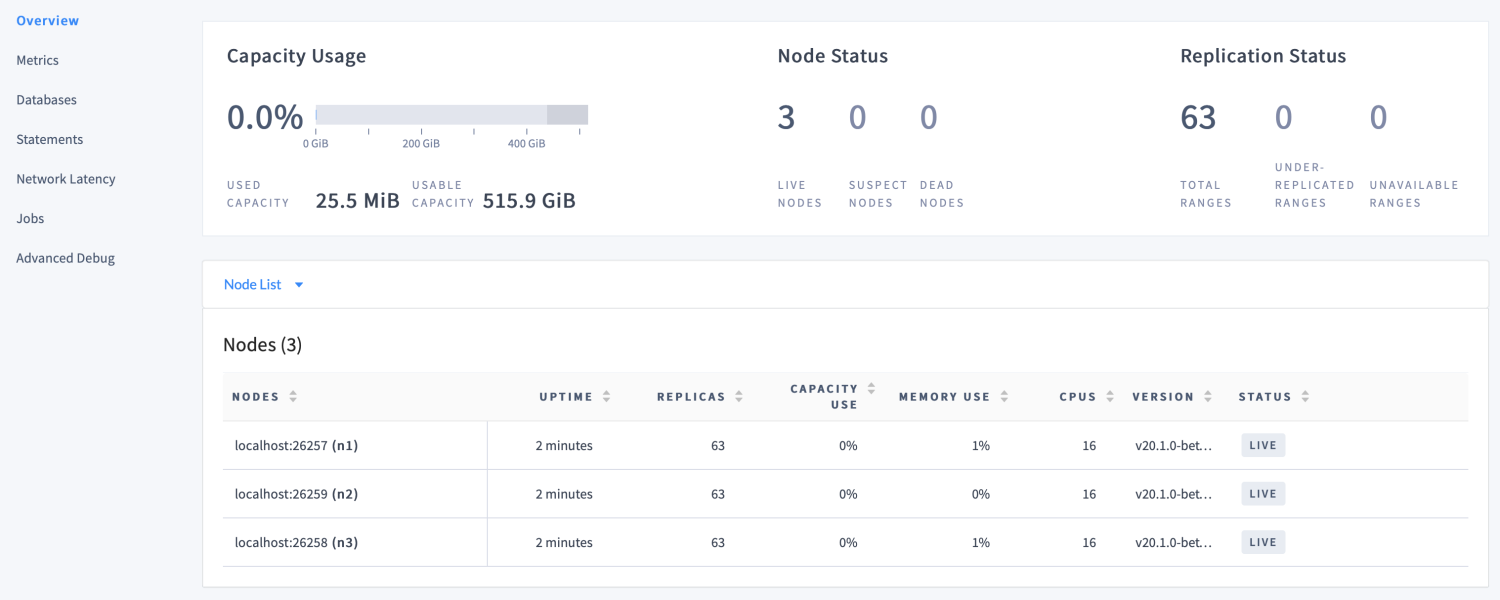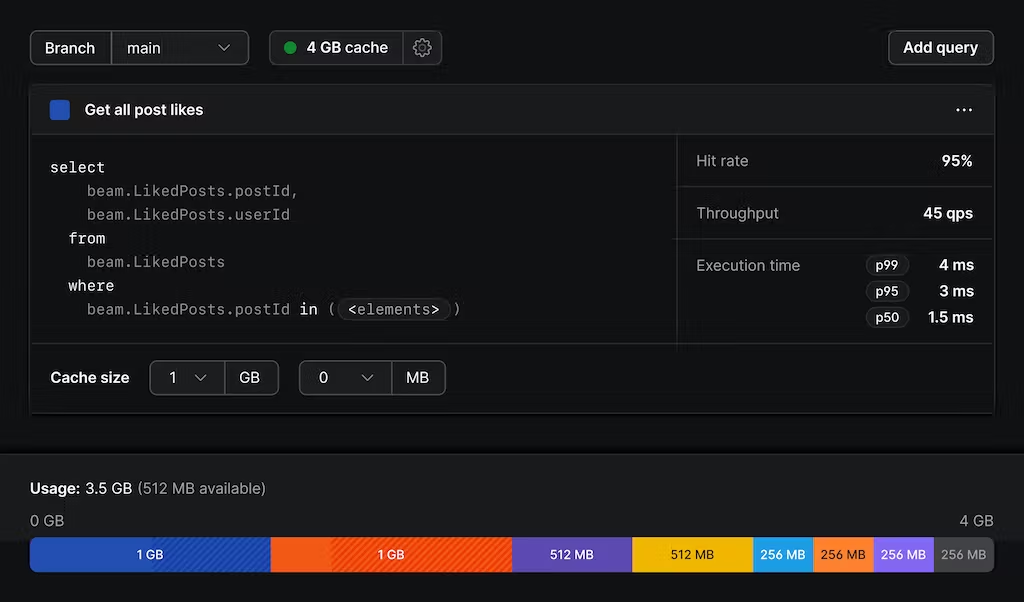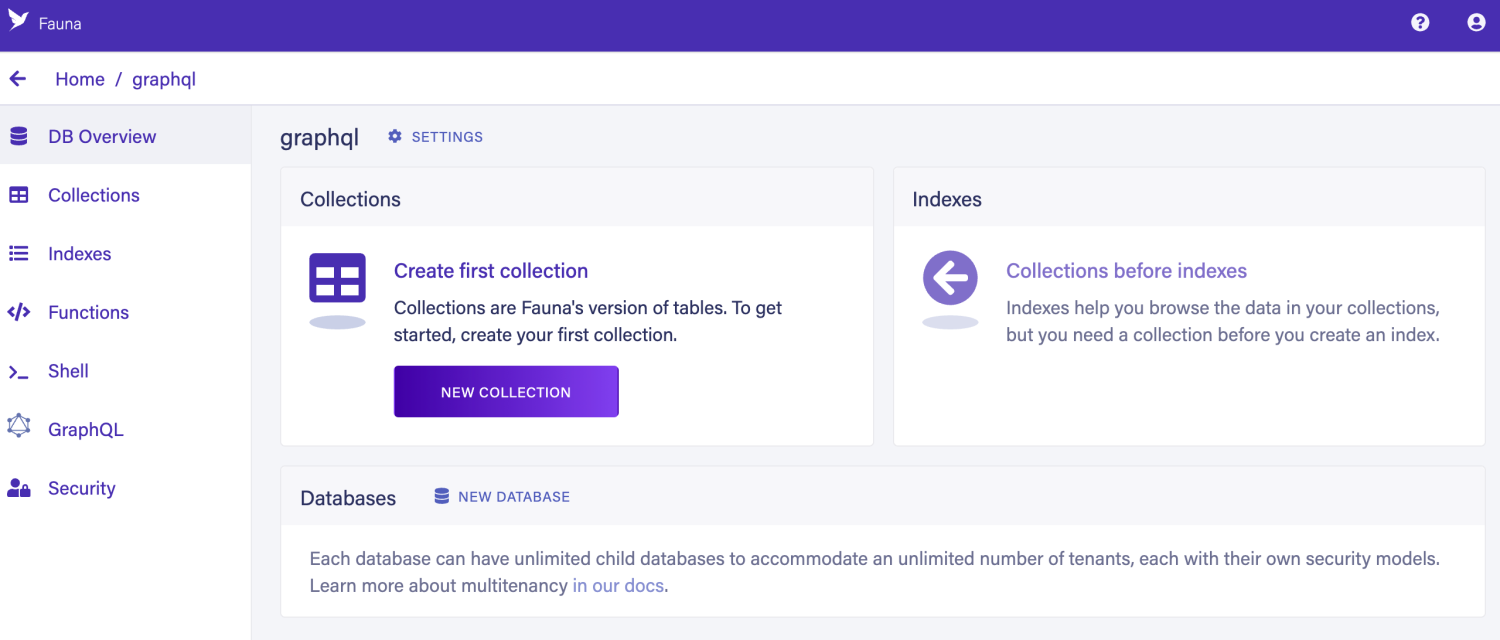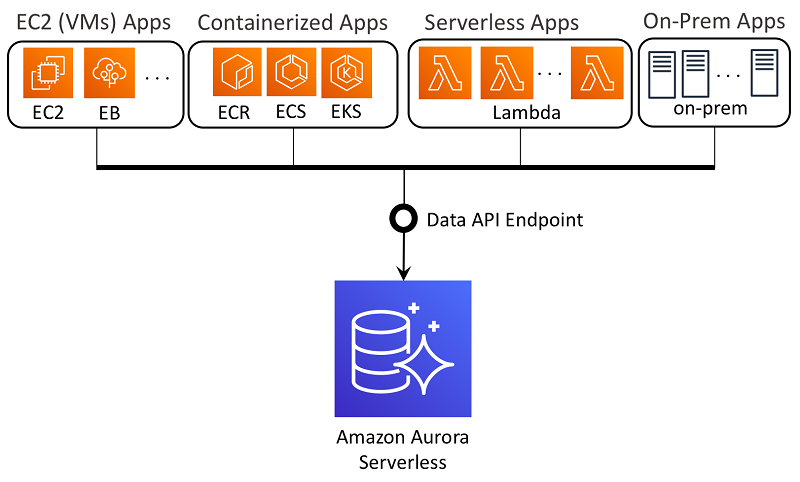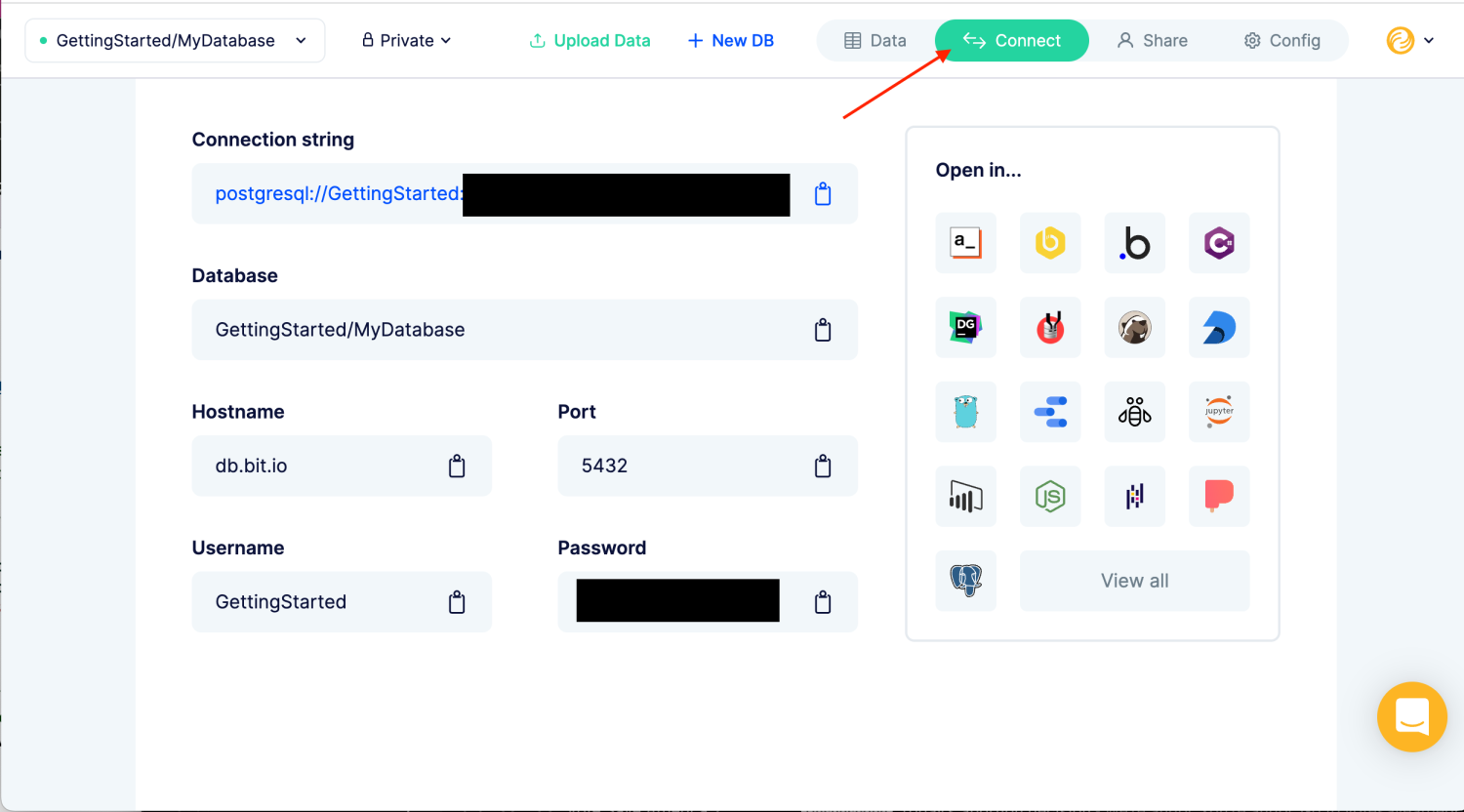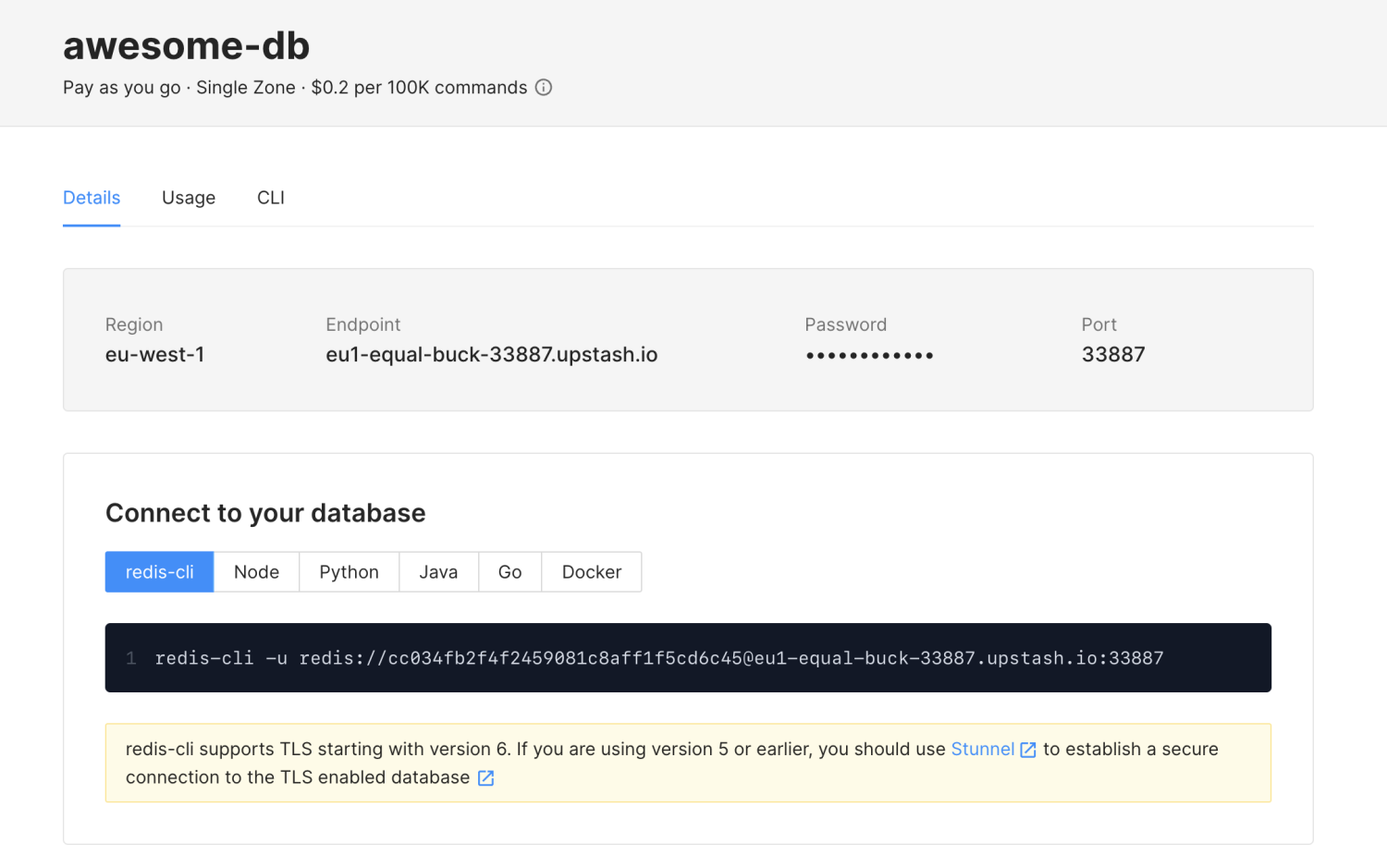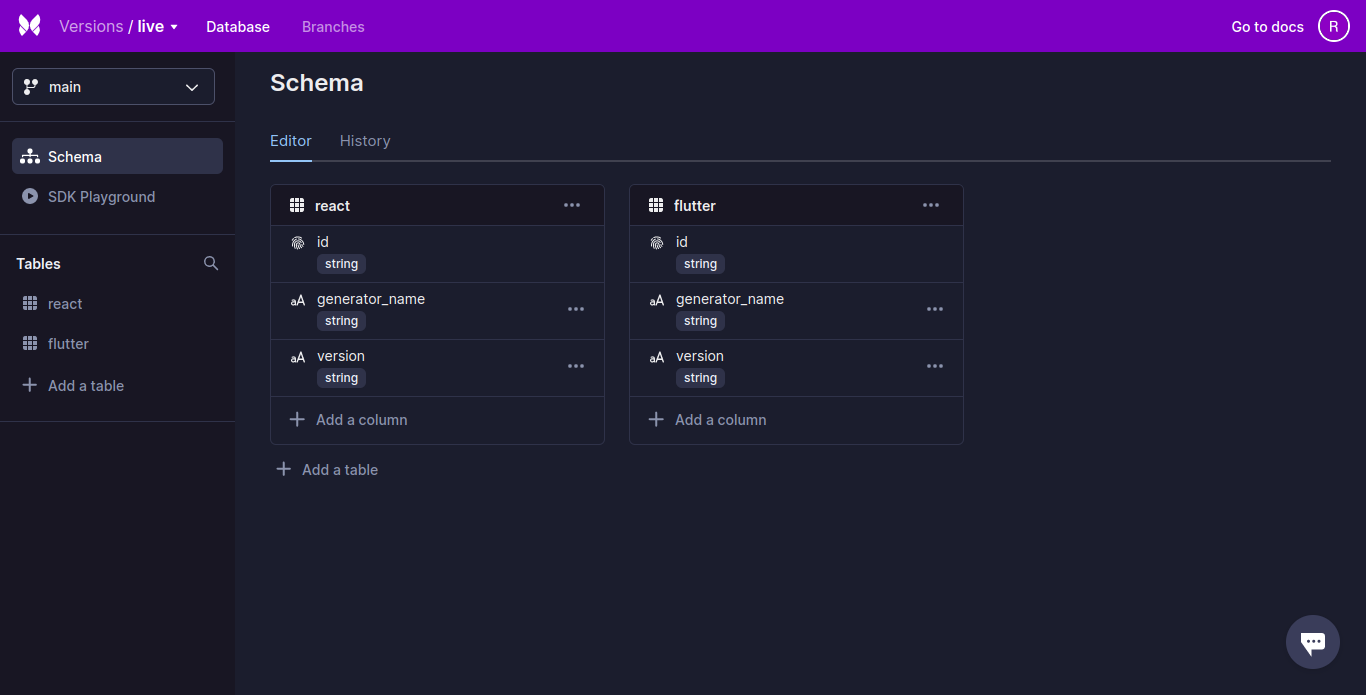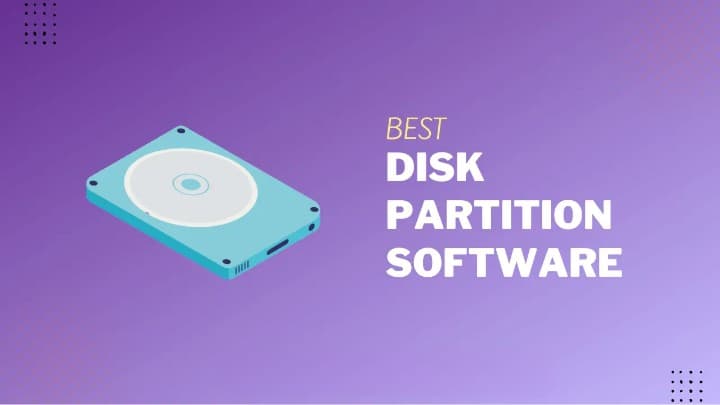
It’s time to choose the serverless database solution that’s best for your contemporary application.
The purpose of serverless databases is to manage workloads that are random and subject to sudden changes. To create contemporary event-driven designs, a number of firms have adopted serverless architectures. Within the serverless technology ecosystem, it has grown in favor.
An Overview of Serverless Databases
A serverless database is essential for cloud computing. These databases are specifically designed to manage workloads that are subject to random and sudden changes. What’s more?
Only the database resources you use each second are charged. Additionally, fully managed and up to 64TB cloud databases are available, such as Amazon Aurora, which is compatible with MySQL and PostgreSQL.
You can create this database by selecting the instance size. It is effective in situations where the workload, request volume, and processing details are known in advance.
When there are many requests for a short period of time each day or week and the workload is unpredictable, it can be difficult to configure the appropriate amount of capacity. Ongoing payments, though, may not be the best course of action.
A serverless database is useful in this situation.
Serverless Database Features
A serverless database includes the following key features:
- Real-Time Access: You have excellent access to your data. Data is automatically organized and made available immediately. It gives you constant access to query, read, update and add entries to your serverless database. What’s more? Through functions, you will be able to access it immediately.
- Unlimited Scalability: A serverless database can be scaled up or down at any time. They launch and terminate according to application requirements. In the case of Aurora Serverless, it will scale computing units (ACUs) to accommodate your queries, to read and write from the same data cluster. You will be able to perform all your tasks simultaneously thanks to automation, which will also guarantee data consistency.
- High Security: Globally, malicious and untrusted audiences can be exposed to advanced applications. This ensures that the same access control protocol is passed by every application communicating with the same database. This reduces the attack surface, a key threat that affects enterprises.
- Availability: You can reduce latency by using a serverless database. Thanks to this method, the user can read data directly from event-driven routines.
- Schemaless: Schemaless gives you the ability to manage all function data output. With this “handle everything” strategy, it’s easy to integrate serverless databases with your functions. Serverless databases have this special functionality.
Let’s now investigate some of the top serverless databases for contemporary apps.
1) SurrealDB
SurrealDB is a creative cloud database that runs on SQL and can be used for serverless, traditional, jam-stack, and single-page apps. It provides unmatched financial value and flexibility. It is compatible with cloud deployments as well as on-premise, embedded, and edge computing contexts.
Your team doesn’t have to be fluent in the latest database languages. Even with advanced features, it’s still fast, efficient and, clear, and easy to use. Scaling load balancers, servers, databases, and API endpoints is out of the question.
SurrealDB is a distributed, highly available platform that simplifies your stack and enables you to grow. SurrealDB Cloud lets you install wherever you want.
2) CosmosDB
Azure Cosmos DB is a globally distributed database with a JSON foundation offered by Microsoft Azure as a “Platform as a Service (PaaS).” It enables users to instantly build and distribute apps across Azure data centers without requiring any configuration.
It is accessible in all regions and is a component of Azure. Additionally, it replicates data between multiple data centers in a network.
There are many interfaces available, SQL-based interfaces being the most interesting. For businesses that process, query, and manage many critical, transient pieces of data, CosmosDB is the perfect solution.
3) CockroachDB
The name CockroachDB refers to a distributed SQL database built on a persistent key-value and transactional store.
It is completely open source and developed in Go. Support for ACID transactions, horizontal scaling, and survivability are among its main objectives. It’s designed to withstand everything from a single disk failure to full disaster recovery, with no human involvement and potential disruption with minimal latency.
Applications requiring reliable, accurate and readily available data at scale should consider CockroachDB. As soon as the cluster is ready, you can access the Admin UI at http://localhost:8080. It comes bundled with Cockroach DB.
Tracking metrics like health, runtime metrics, replication, and node details helps us optimize cluster performance and provides us with information about cluster and database configuration.
4) PlanetScale
No connection management is required; you can quickly start a database using PlanetScale, a new DBaaS platform. PlanetScale was built with database developers in mind. You can set up a fully managed database with the flexibility and reliability of MySQL. They use MySQL 8.0 to build their database.
Production and development database branches are two types that PlanetScale provides. You can manage your database like code thanks to its branching capability. Your production database schema can be separated to create separate branches for isolated development environments.
5) Fauna
A distributed, serverless database is called Fauna. Animals are incredibly adaptable. To meet the needs of your project, you can change several parameters. You can use Fauna as a general relational database, document-based, graph, or key-value database. Either create a schema or let the data flow freely.
It is quite adaptable. Animals can be on-site, in the cloud, or integrated into our software. Additionally, it provides frequently used deployment alternatives, such as Docker or machine images. This program works well with ACID transactions and has very good execution speed.
6) Amazon Aurora
From Amazon Cloud, customers can use Amazon Aurora, a related data storage service. Data storage is one of the main uses of this service. Low-latency, value-based data storage is made possible by this.
Relational databases are compatible with Amazon Aurora, PostgreSQL and MySQL, combining the ease of use and speed of traditional databases with the reliability and ease of use of commercial databases at a fraction of the cost. For effective data availability, it replicates the data using a clustered method in an AWS accessibility zone.
Several high-performance subsystems are part of Amazon Aurora. MySQL and PostgreSQL engines use the fastest distributed storage. Compared to existing systems, Aurora improves MySQL performance and throughput by a factor of three and five, respectively.
The database supports corporate deployment and can be expanded up to 64 terabytes. Amazon Relational Database Service (RDS) handles all aspects of managing Amazon Aurora, including automating administrative operations such as hardware provisioning, data organization, repair, consolidation, and more.
7) Bit.io
You can quickly and easily set up a PostgreSQL database using bit.io. To load data into a PostgreSQL database, simply drag and drop files. Additionally, you can use another Postgres/HTTP client, send data using R or Python, or enter a file URL.
You can interact with the data using an in-browser SQL editor or any of your favorite data research tools, such as R and Python notebooks, SQL clients, the command line, and more.
PostgreSQL database with all features is offered by bit.io. It requires little setup and can be used quickly. Moreover, it interfaces with a growing array of data tools. Bit.io is compatible with any program that has PostgreSQL support.
8) Upstash
Upstash is a cloud database with serverless storage developed by Upstash Inc. It can act as a database or caching layer. You don’t need to manage database servers or clusters. Everything about it is unassuming.
Upstash and other serverless solutions are extremely helpful in this regard. If you don’t use Upstash, there are no fees associated with it. Popular Redis-use cases for Upstash include:
- Caching as a whole
- Caching of sessions
- Top scores
- Lines
- Usage Measurement (Count)
- Content filtering
Features
- Created using serverless in mind.
- Pay as you go.
- Minimum delay
- Fast and robust storage
9) Xata
Xata is a serverless database with integrated analytics and robust search. With its rigid structure (schema) and relational database format, Xata can handle objects that resemble JSON. The tables containing the records are later compiled into the database.
Link columns can be used to show relationships between tables, and Xata enables rich columns. These are similar to foreign keys.
A new type of cloud service called Xata makes it easier to design and run applications by providing an abstraction layer on top of multiple data stores. We call this type of service a serverless data platform. You can use this document to help you replicate the architecture and get some of the benefits of using Xata.
Consider The Following:
- Hiperdex
- MangaSuSu
- Best IVR Software
- Server and Database Backup Tools
- Cloud GPU Platforms
- Download Instagram Reels
Abstract
This concludes our discussion of the top serverless databases for contemporary applications. A bright future lies ahead for serverless databases, especially Amazon Aurora Serverless. With this new technology, we can now focus on the important aspects of scalability, security, and real-time data access.

